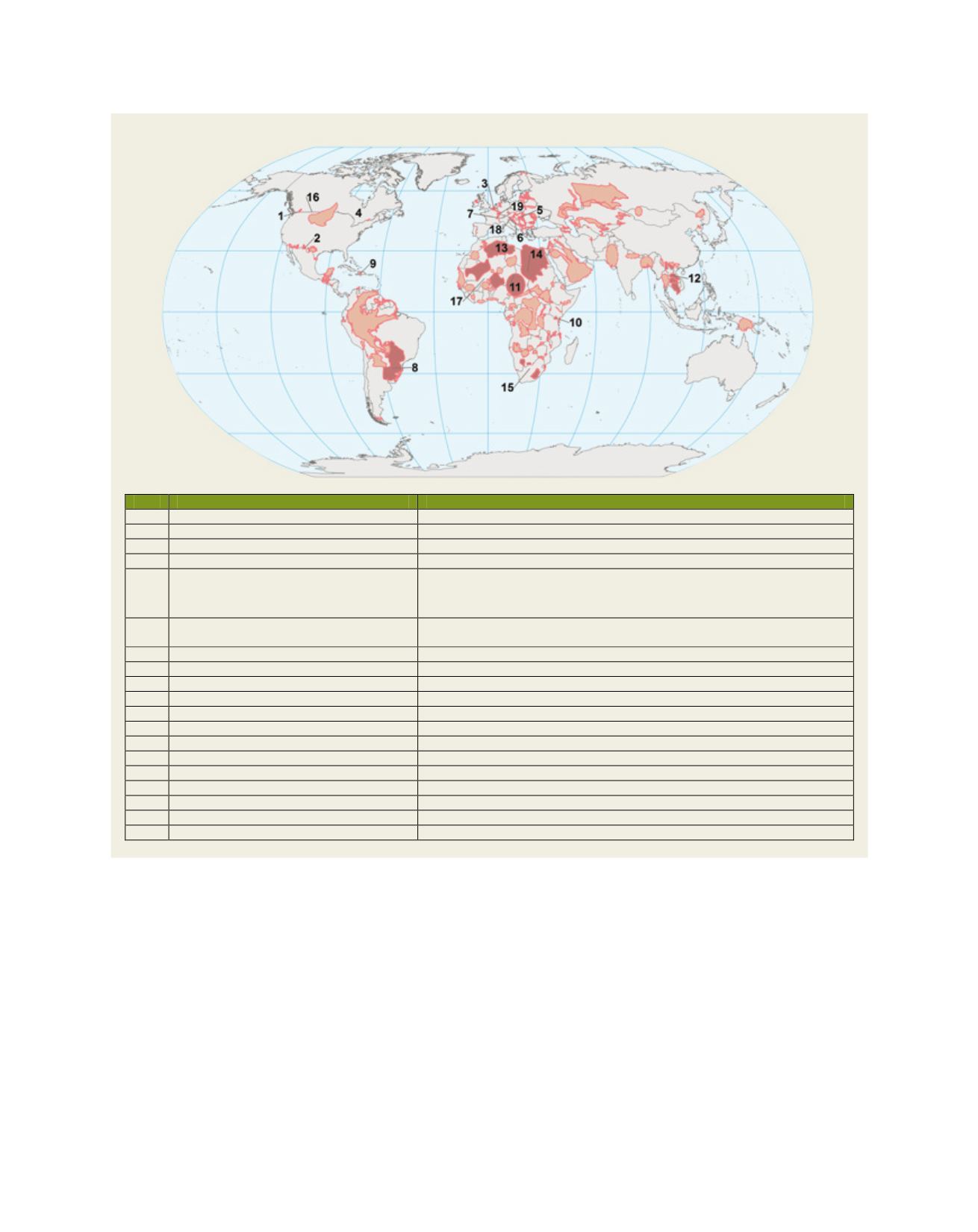

[
] 42
T
ransboundary
W
ater
M
anagement
cooperation over water resources. This gap is even more evident
when it comes to transboundary aquifers, since researchers and
practitioners have given them less attention than their surface
water counterparts.
The focus of current research on water conflict is about meth-
odologies and best practices for dismantling existing water
conflict. However, given that transboundary aquifers remain
mostly ungoverned and conflict over groundwater has rarely
risen to the international scale (as of yet), we at IGRAC wondered
if this is the most useful paradigm. In light of this, we ques-
tioned whether managing potential conflict is the appropriate
goal for transboundary groundwater resources. Therefore, the
focus of IGRAC’s research was on enabling cooperation since
most aquifer states (states sharing a transboundary
aquifer) are not yet engaging about transboundary
aquifers. Given the critical importance of groundwa-
ter resources worldwide, the report presents a global
analysis of factors that enable and facilitate coopera-
tion over transboundary aquifers – that is, enabling
factors for transboundary water cooperation.
It is critical to provide a definition for the term
‘enabling factor’ and to distinguish it from a ‘driver’
of cooperation. Much attention has been devoted
to assessing drivers of cooperation. However, the
intent of this report was to assess how these drivers
manifest as concrete actions or ‘factors’. A driver
No.
Aquifer
[Group/System] Name
Aquifer States
1
Abbotsford-Sumas Aquifer
Canada, United States
2
Bolsón del Hueco-Valle de Juárez
Mexico, United States
3
Carboniferous Aquifer
Belgium, France
4
Châteauguay Aquifer
Canada, United States
5
Aquifers of the Danube River Basin
Austria, Bosnia & Herzegovina, Bulgaria, Croatia, Czech Republic,
Germany, Hungary, Moldova, Montenegro, Romania, Serbia, Slovakia,
Slovenia, Ukraine
6
Dinaric Karst Transboundary System
Albania, Bosnia & Herzegovina, Croatia, Italy, Greece, Montenegro,
Slovenia
7
Franco-Swiss Genevois Aquifer
France, Switzerland
8
Guaraní Aquifer System
Argentina, Brazil, Paraguay, Uruguay
9
Aquifers of Hispaniola Island
Dominican Republic, Haiti
10
Kilimanjaro Aquifer
Kenya, Tanzania
11
Lake Chad Aquifer System
Cameroon, Chad, Central African Republic, Niger, Nigeria
12
Aquifers of the Mekong River Plain
Cambodia, Laos, Thailand, Vietnam
13
Northwest Sahara Aquifer System
Algeria, Libya, Tunisia
14
Nubian Sandstone Aquifer System
Chad, Egypt, Libya, Sudan
15
Aquifers of the Orange-Senqu River Basin Botswana, Namibia, South Africa
16
Poplar Aquifer
Canada, United States
17
Aquifers of the Sahel Region
Algeria, Benin, Mali, Niger, Nigeria, Mauritania
18
Aquifers of the Sava River Basin
Croatia, Slovenia, Bosnia & Herzegovina
19
Upper Rhine Aquifer
France, Germany, Switzerland
Map of transboundary aquifer cooperation cases
Source: IGRAC 2012


















